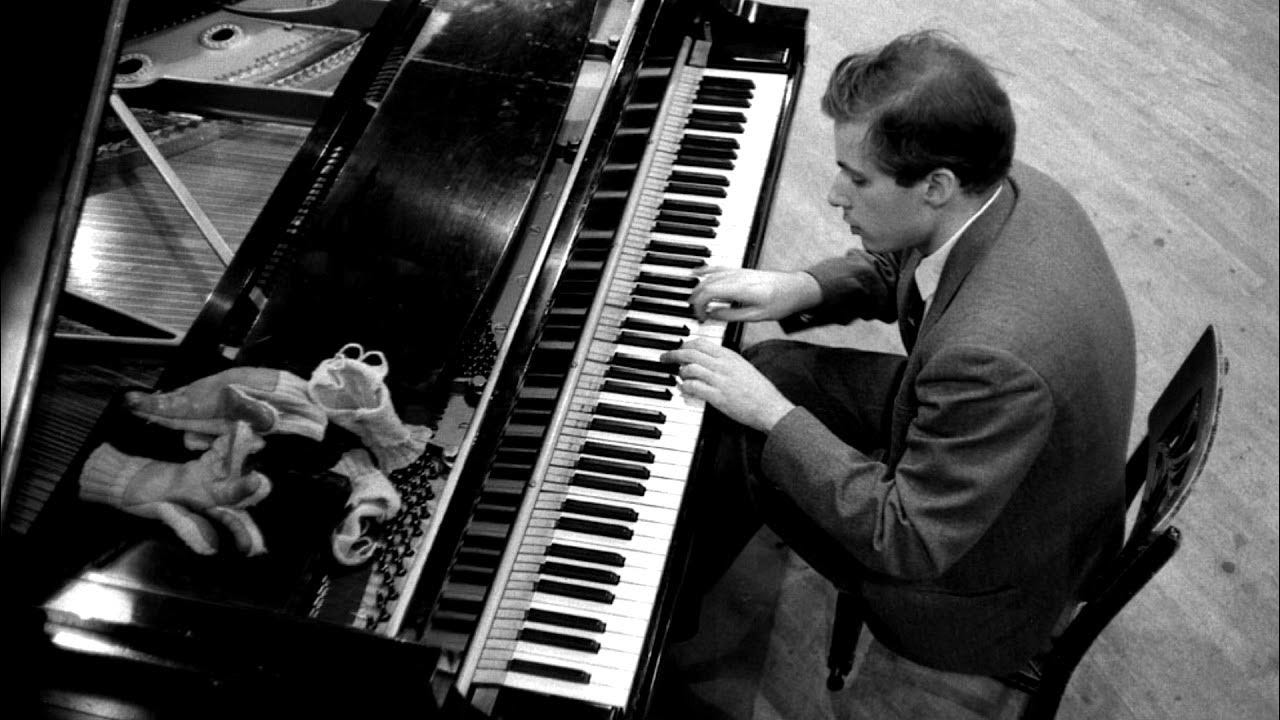“Any path is right, if— as according to Bach– it leads to the divine”— music historian Paul Epstein on J.S. Bach’s fugues
Aleatory art refers to artistic works where the outcome is significantly left to chance or external forces, such as the choices of performers or the audience.
It embraces randomness and unpredictability, often leading to fresh, inventive results. Many games, like Monopoly (with its dice rolls) and poker (with shuffled cards), rely on chance. Similarly, aleatory elements in art aim to defy conventional ideas of structure, plot, or order—this unpredictability is central to their purpose.
For example, J.S. Bach’s short fugues are aleatory because he never specified the sequence in which they should be played. They can be performed or listened to in any order, and the aesthetic experience is equally valid, regardless of the chosen arrangement. As noted by music historian Paul Epstein, the overall artistic beauty justifies any path to that outcome, similar to the Hindi saying, "Any path that leads to God is correct."
"Broken Glass" is the name of an aleatory computer-based storytelling technique designed to disrupt traditional linear narratives. The technique presents a webpage composed of numerous small, assorted images that resemble a stained glass window. Each image links to a fragment of the story—whether it’s a plot point, description, character detail, or illustration. The sequence in which the reader experiences the story is determined by randomly clicking on these images, creating a non-linear narrative.
In Broken Glass, the facts, scenes, characters, and events remain consistent, but the aleatory order in which they are encountered influences the story's tone, psychology, and meaning.
As any skilled novelist or filmmaker will attest, the order in which information is revealed can be just as important as the information itself. A story told chronologically feels very different from one told in flashbacks. For example, knowing in advance what will happen to a character, or how they will change, alters how you perceive them in the present. Similarly, whether you know how a romance will end, or if it will end, shapes how you interpret the lovers' early interactions. The scrambled sequence itself introduces psychological meaning and symbolism, adding layers of complexity to the experience.
Novelist William S. Burroughs applied an aleatory technique known as the "cut-up method," where pages of text were physically cut up and randomly reassembled, sometimes incorporating other writers' work. This approach produced new, often surreal meanings and narratives. Burroughs argued that this collage technique more accurately reflected human thought processes.
Despite the illusion of linear thinking, people’s minds naturally jump between the past, present, and future. For example, while considering a can of beans in a grocery aisle, you might think about past meals and speculate on future ones. Similarly, recognizing familiar objects, such as flowers or shoes, involves comparing the present with memories. Human reasoning is inherently non-linear, constantly shifting between different points in time.
Even when reading a traditional book, readers often shape their own experience of the narrative, consciously or not, by choosing how to engage with the text. Burroughs famously said that the chapters of his novel Naked Lunch could be read in any order and that the sequential order (1, 2, 3) imposed by the reader was independent of his intent as the author.
.


